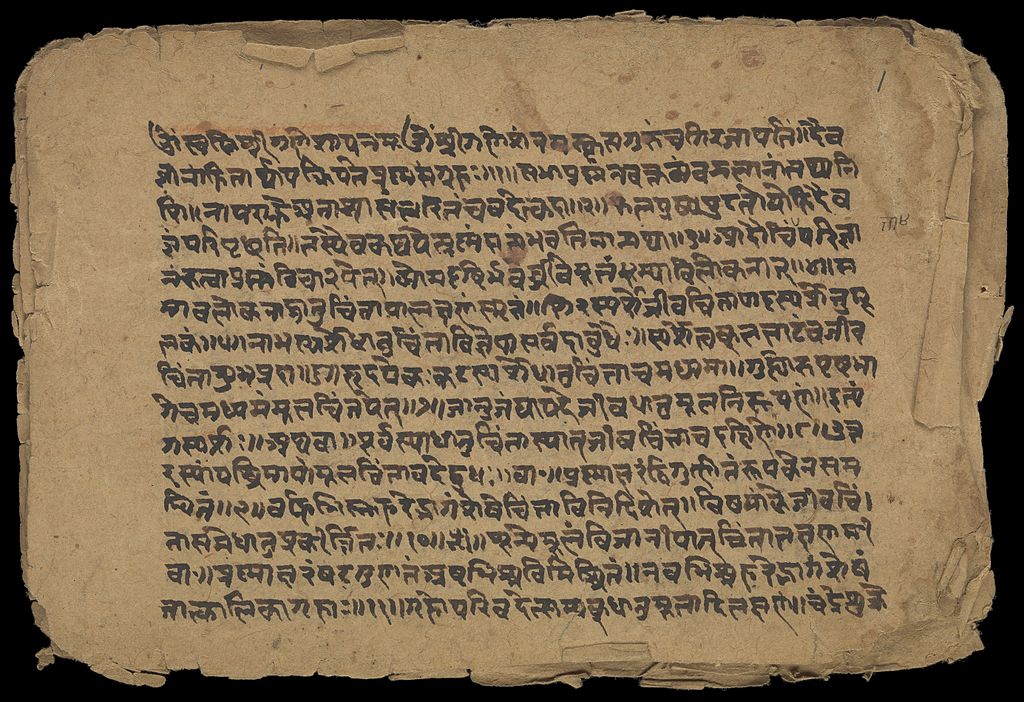A poem is a collection of words used to describe ideas or emotions in a vivid and imaginative style. The Auchitya can be described as the alphabet used to do that.

Meaning of Auchitya
Auchitya is a Hindi word taken from Sanskrit. It means justification, propriety, decency.
Propriety can be defined in this context as the details or rules of behavior conventionally considered to be correct. Or that which is correct, appropriate, and fitting. The word Auchitya also contains the Hindi word “Uchit” which in English means “appropriate”.
Father of Auchitya theory: Kshemendra
He introduced Auchitya in his book AuchutiyaVicharCharcha. Kshemendra was born in the present day Kashmir. He is one of the best Sanskrit poets of the 11th century. Kshemendra was the pupil of the famous philosopher and poet Abhinavgupta.
1. Famous Abridgements by Kshemendra
- Ramayanamanjari
- Bharatamanjari
- Brihatkathamanjari
2. Famous Poetic Works On Auchitya
- Auchitya Vichar Charcha
- Kavikanthabharana
- Suvrittatilaka
Like all the poets Kshemendra also said that
“Auchitya is the soul of the poem.”
Kshemendra
This is the only theory that is accepted by all the poets without any arguments. Thus, it is also called the “Theory of coordination” because it regulates all the constituents of the Natya Shastra.
To use the elements of a poem such that they deliver essence in their appropriate place is called “Auchitya”. For example, to use Rasa, Alankara, Riti, etc.. in an appropriate place is Auchitya. The poem should explain or incorporate a Rasa wherever needed else it loses its beauty.
The usage of different elements of Natyashashtra in apt places also increases the merit and the appeal of the poem.
27 Types of Auchitya By Kshemendra
- Pada (Phrase)
- Vakya( sentence)
- Prabhandhanartha (the meaning of the whole composition)
- Guna(qualities)
- Alankara(poetic figure)
- Rasa ( State of being)
- Kriya(Verb)
- Karaka (case ending)
- Linga(Gender)
- Vachana (Number)
- Visheshana (Qualification)
- Upsarga (Prefix)
- Nipata (Redundancies)
- Kala (Time)
- Desh (country)
- Kula (Family)
- Vrata (custom)
- Tatva (Truth)
- Satva(Inherent self)
- Abhipraya (Motive)
- Swabhava (Nature)
- Sarsangraha (essential property)
- Pratibha (Innate ability)
- Avastha (state)
- Vichara(Thought)
- Nama(Name)
- Aashirwada(Blessings)
Each of the above-mentioned types of Auchitya is vital in imbibing meaning to the poem.
Subtle meaning, interpretations of the readers can be manipulated easily with the use of different Auchitya. Thereby delivering more than one message, story, thought to the readers.
Auchitya is a tool of the writer which aids them to wield their poem according to their will and according to the idea they want to deliver effectively and efficiently.
Features of Auchitya
- It is the only element that includes Guna, Dosha, Alamkara, Dhavani, Rasa, and Vakrata.
- Includes both types of poem i.e. Bahva and Rupa.
- It is independent of the reader’s interest.
- It is as important for a poem as values are in our life.
Conclusion
Emotions are an integral part of humans. Many times words are not sufficient to describe everything. This is where Auchitya comes into the picture enabling the writers/authors to silently nudge the readers towards the direction they want us to stir in.
